From timber town to TV town: Pemberton gets its close-up thanks to Mystery Road: Origin season 2
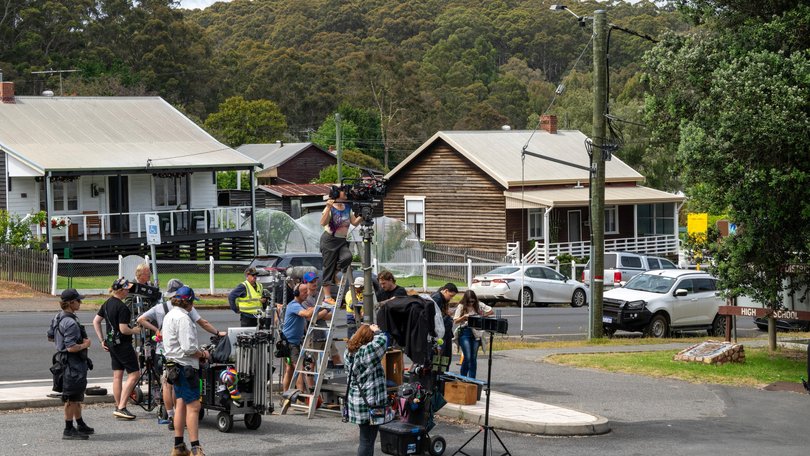
It’s 6pm on a Thursday night in the tiny town of Pemberton, deep in WA’s Southern Forests region, and the local wine bar is alive.
Dotted about the place are a selection of grey nomads, enjoying a crisp sauvignon blanc at the end of a long day exploring the karri forests. But at other tables, an assortment of more unexpected people are packing out the tiny venue, enjoying beers or settling in for a night of wine and tapas. A large group enters and takes up its spot at the long table that’s been reserved at the centre of the bar.
A bar this heaving is a sight more commonly associated with the bustling streets of Northbridge, not the sleepy ex-timber town of Pemberton. But for several months in late 2025, it’s common occurrence as the ABC television series Mystery Road: Origin films in and around the town.
Sign up to The Nightly's newsletters.
Get the first look at the digital newspaper, curated daily stories and breaking headlines delivered to your inbox.
By continuing you agree to our Terms and Privacy Policy.As a local STM speaks to on a set visit, affectionately known as Bluey, explains, “the whole area is buzzing”.
Renehan answered the call to appear as an extra in the six-part series, and these past few weeks he’s been popping up in the background at Pemberton’s old school (now doubling for a hospital for the show), and at the Workers Club at the historic town of Deanmill just outside Manjimup, which has had a cosmetic makeover to become the pub at the heart of the fictional town of Loch Iris.
It’s left Bluey feeling like something of a celebrity.
“I walked into Woolies the other night, and I knew a few people there, who said, ‘Well hello, Mr Movie Star!’ I hadn’t said anything to anyone, but most people seemed to know,” he says.
“I keep saying, ‘You’ve got to watch it when it does come out, but don’t blink — you’ll miss me!’”
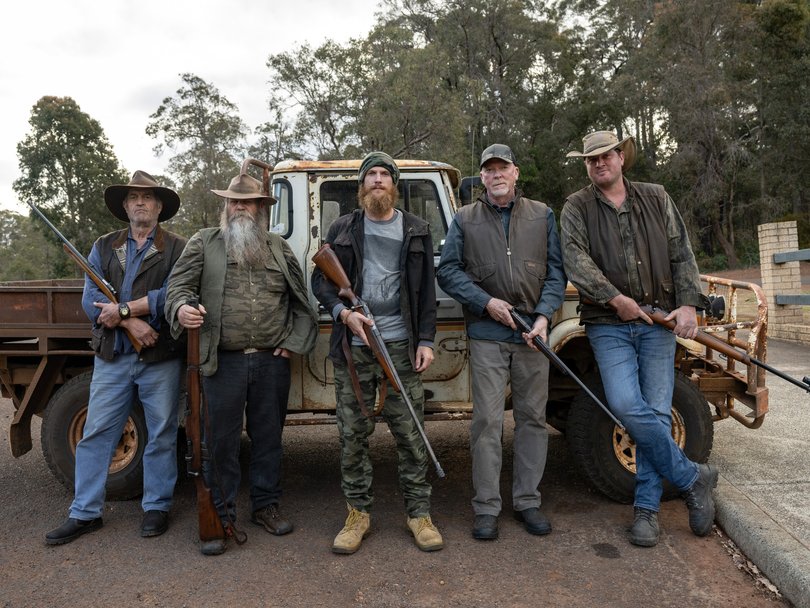
This is the fourth season of Mystery Road and its spin-off Mystery Road: Origin to be shot in Western Australia. The first season was filmed in the Kimberley, around Kununurra and Wyndham; season two used the Dampier Peninsula and Broome as locations; and the third was shot in the Goldfields, in and around Kalgoorlie and Coolgardie.
The show, which has won both AACTA and Logie Awards during its run, has been sold internationally and gained fans all over the world — and now it’s Pemberton’s turn for its close-up.
Bunya Productions, which has been at the helm of the TV spin-offs since the first season in 2018, are taking advantage of Screenwest’s Western Australian Regional Screen Fund.
It’s a State Government initiative set up to encourage a film industry in country WA, to build “regional capacity and contribute to the liveability and vibrancy of Western Australian regional communities”.
And if that nocturnal buzz at the Treehouse Wine Bar in Pemberton is anything to go by, the initiative is having the desired effect.
STM meets Graeme Dearle, who runs Pemberton Discovery Tours with his wife Toni, while he is waiting on-set for his son Kieran to finish filming behind-the-scenes footage for the show.
“Just two weeks ago, I had some Americans on my tour, and I’ve mentioned that Mystery Road is currently filming in Pemberton, and they’ve said, “we watch Mystery Road!” Dearle says.
“They mentioned that (the show) was actually one of the reasons they had heard of Australia; they’d been watching it and decided to visit. They had already been up in the Kimberley and seen some of the spots there, and now they were down here. They were amazed that Mystery Road was filming here, too.”
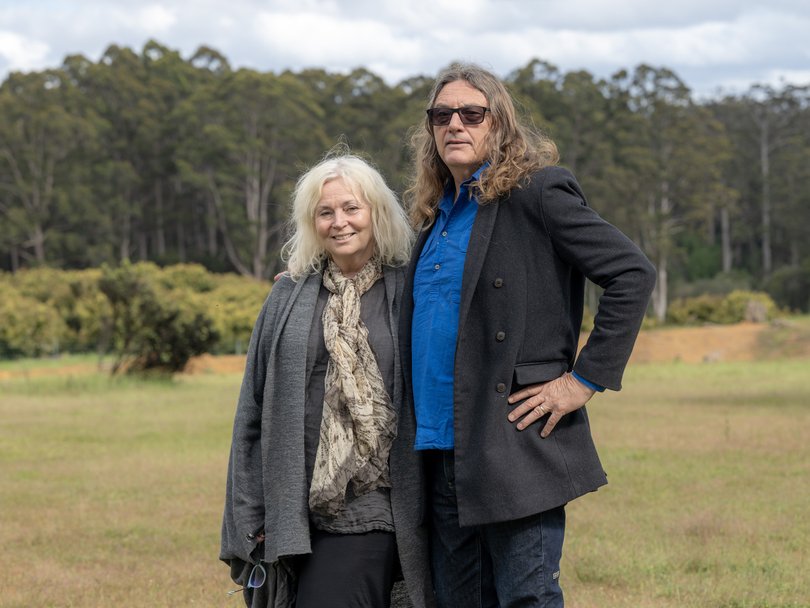
Dearle was one of the first points of call for Mystery Road producers Greer Simpkin and David Jowsey when they began scouting for locations for the second season of the Mark Coles Smith-led drama.
“We were a gauge to find out if we thought it would work,” says Dearle, who is also involved in the Pemberton Visitor Centre.
“Based on the fact we had had Jasper Jones here (the 2017 film adaptation of Craig Silvey’s book), we kind of knew that it would.
“I don’t know what the estimates were, but the injected dollar value of Jasper Jones was about $4 million, and that was 10 years ago, in 2015 . . .
“(The benefit) is multi-pronged. Sure, we get the benefit of money spent in terms of accommodation and restaurants, but we’ve also got the opportunity to showcase the region.”
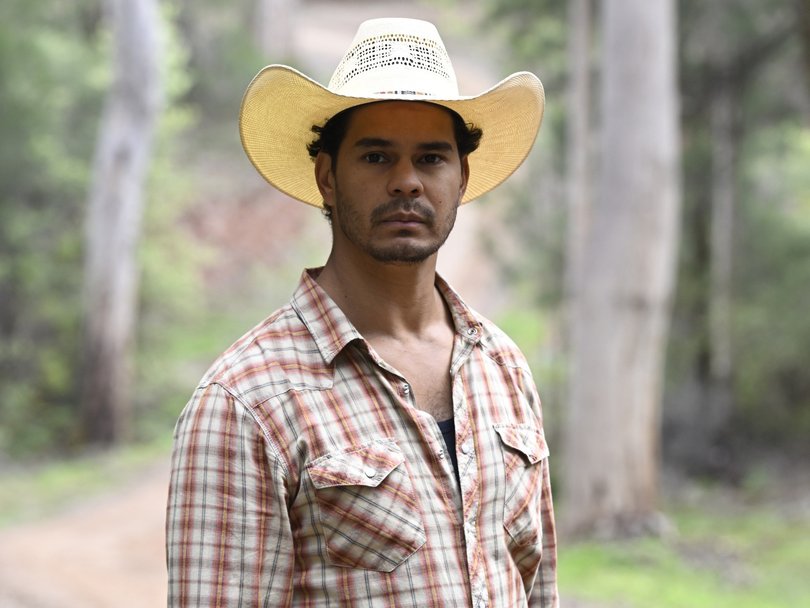
And that’s where the real value lies — when you’ve got people coming from as far afield as America to visit spots they’ve seen on their screens, you know you’re doing something right.
“Pemberton is just such a beautiful place,” says Simpkin, who meets STM at the cafe next door to that buzzy little wine bar from the night before.
“I had shot Jasper Jones here, and a lot of the crew we shot here with, we’ve stuck with for four series of Mystery Road, because WA crews are really just THAT good.”
This season of Mystery Road: Origin sees Coles Smith’s character, First Nations detective Jay Swan, travel to his partner Mary Allen’s (Tuuli Narkle) mother’s country. It needed to feel different to previous seasons: the themes are darker, with Swan going on a much more introspective journey as he grapples with solving two interconnecting crimes, one of which took place in Loch Iris 30 years prior.
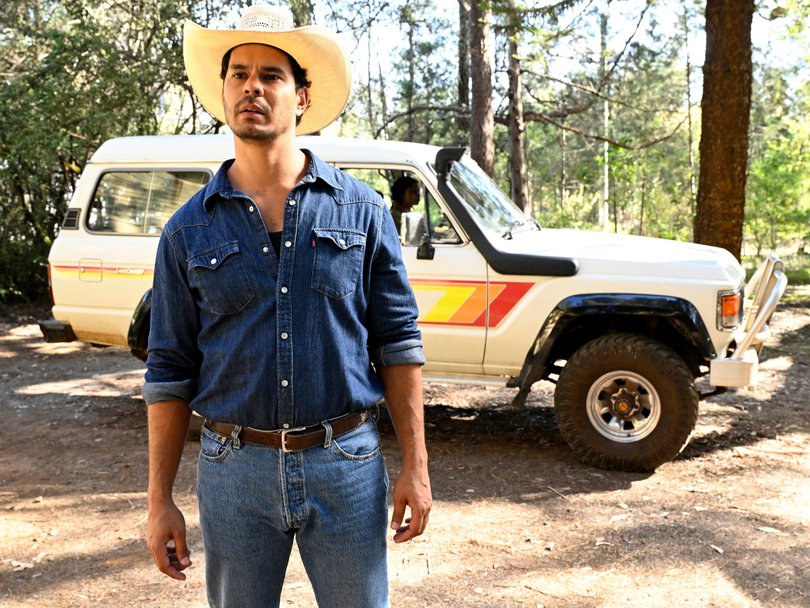
It mines emotionally heavy territory and for Coles Smith, the landscape plays a huge role and needed to reflect the feeling.
“Instead of the open, dusty outback, we’re in the dense karri forests of Loch Iris — a decaying timber town; everything’s closed in,” explains the acclaimed Broome actor.
“Jay’s used to seeing everything clearly, but here, the trees obscure his view. He’s surrounded by unfamiliar people in a place he doesn’t belong.”
Pemberton’s forests, so ancient and beautiful, act like another character in the story, taking on almost gothic dimensions.
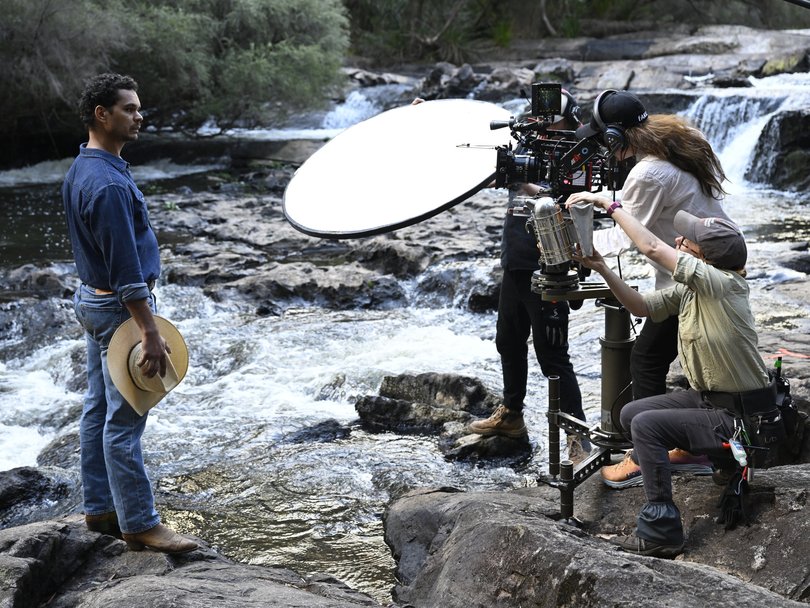
“You get this sense that the trees are almost standing sentry, bearing witness,” says renowned New Zealand actor Robyn Malcolm, who joins this season as Swan’s police colleague.
“They are bigger than the story — they are bigger than us — and they have seen more and been through more than we have. There’s an ominous feeling, but also a sense of almost security, I think, like you’re very securely nestled in down here.”
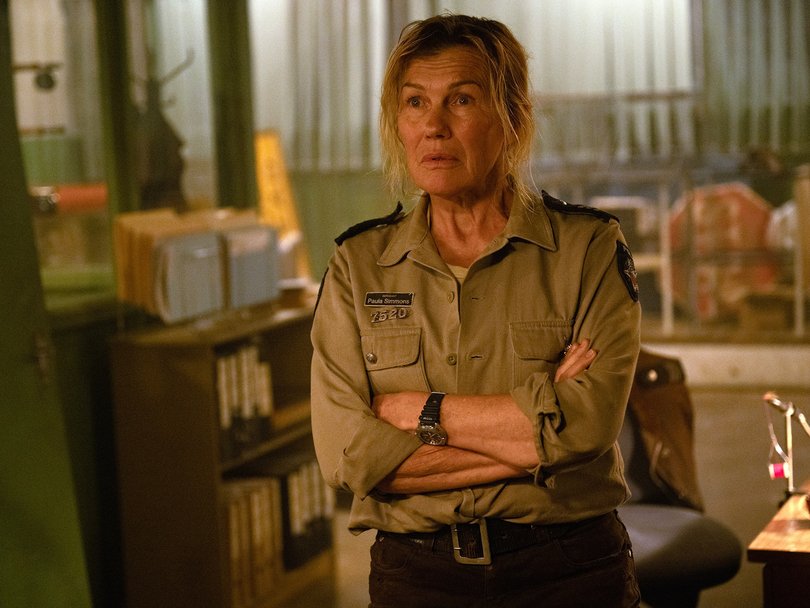
That ambience is part of the reason the region is so beloved by tourists, who travel from near and far to immerse themselves in its towering beauty.
Much of the Mystery Road action takes place in the forest, in and around Big Brook Dam, and at nearby Deanmill, which doubles for Loch Iris.

“Deanmill is this extraordinary place,” Simpkin explains. “There are all these little timber cottages that are all exactly the same. It’s a bit of a ghost town — there are some residents, but not that many — and we used the mill, and it was just incredible.”
Malcolm, who travelled from New Zealand to film for several weeks, fell in love with her temporary home.
“It’s incredibly beautiful here,” she says.
“I was staying at a tiny home, on a vineyard in Deanmill, so I was walking to work every day, which was just divine. I would walk past paddocks of kangaroos and walk down this beautiful tree-lined country road to get to the mill. It was magic.”
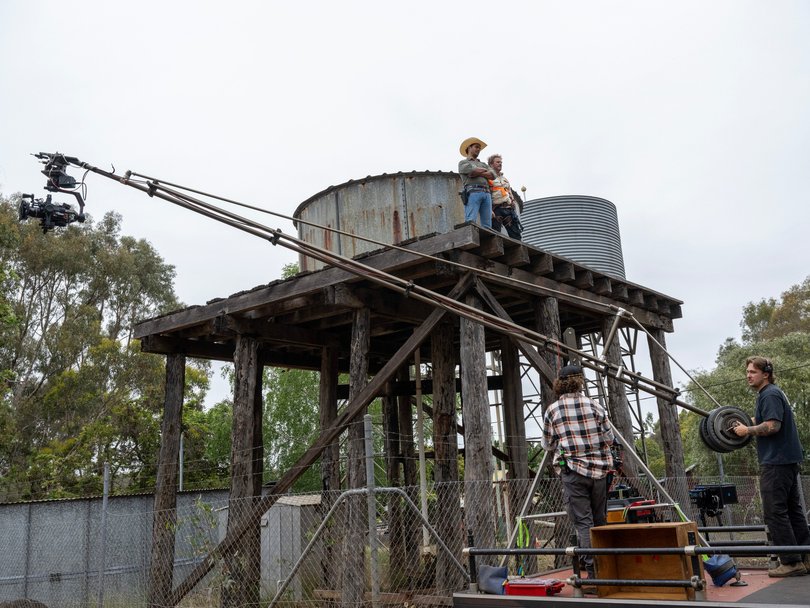
Like any production that films on location, the cast and crew of Mystery Road, which numbered 120 at any one time, grew close. They would spend weekends exploring the region. That long table we spied the night before? It was the show’s art department farewelling one of their own from the production.
“That is the thing we always say . . . every crew member has per diems (expense allowances), and they spend that on food, or going to restaurants or going on tours, and so that has a massive impact,” Simpkin says, pointing out that film and TV productions also provide an opportunity for local youngsters to upskill.
“We remembered Graeme’s son (Kieran) from when he was a kid and really into filming (during Jasper Jones), so he’s doing our behind-the-scenes footage on this.”
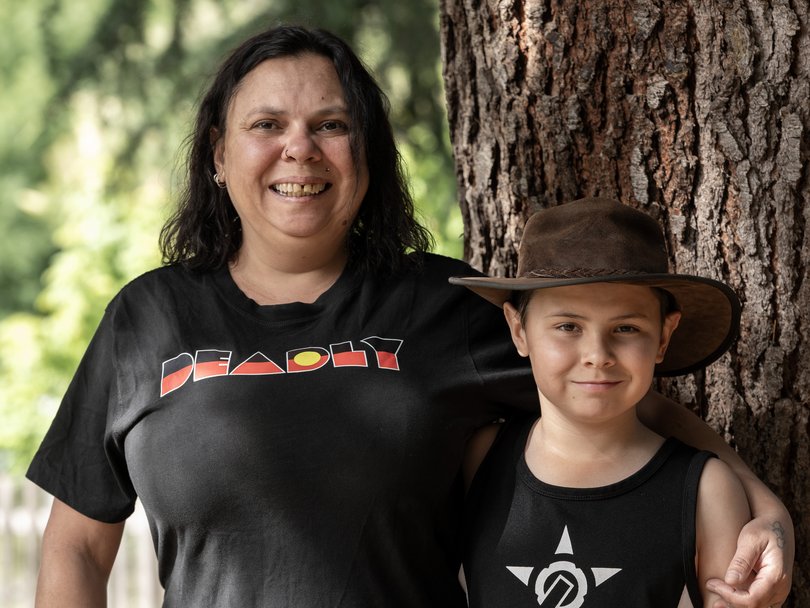
Kelly Coleman, who works at the local Crossings Bakery, put forward her son Wyatt Barrett as an extra.
“It’s exciting and I’m thrilled; I hope he goes further,” she says, sharing her suspicion that he’s already been bitten by the acting bug.
Eighteen-year-old Amber Lea Wright, who was working the checkout at the local Coles, has been snaffled up by the catering company that provides on-set meals. She’s so good, they’re taking her over to Sydney for their next job.
“We pushed her a little bit, and she rose up; now rather than just helping us, she’s really helping us,” says supervisor and chef Kimberley Lowe, who is working alongside Wright in the tiny catering truck that’s just pumped out a delicious lunch for the cast and crew on set.
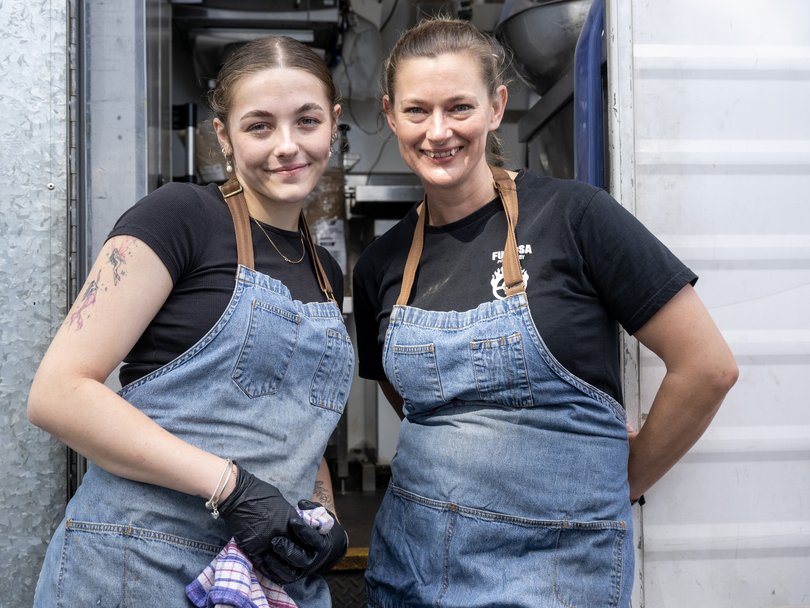
“We have seen screen productions really pull regional communities and country towns into their exciting projects,” says Rikki Lea Bestall, Screenwest’s chief executive officer.
“In York, we saw this happen with The Twelve and Runt, Scrublands: Silver in Augusta and Mystery Road: Origins season two in Pemberton. With the exponential increase in film production in Western Australia and the Perth Film Studios due to open in Malaga early next year, there will be even greater scope for regional towns to engage in on-location shoots.”
A year on from filming, the proof is in the pudding: Bunya and Screenwest have crunched the numbers, and it’s estimated that the second season of Mystery Road returned a whopping $7.3 million to the WA economy, including $5 million into the region.
“With support from the WA Government, the four Mystery Road series — each filmed in Western Australia — have collectively injected a staggering $25 million into the State’s economy, including $18.5 million to country towns,” Bestall says.
Simpkin acknowledges there is a lot of logistical effort in bringing a big crew to town. Almost 7000 nights of accommodation, for one thing.
“There are a whole lot of beds we need to source (but) what was really lovely about filming in the small town of Pemberton was how much the community came together to support us,” she says.
“When a big production rolls into town, it’s important that everyone feels included — that we’re not just showing up, using the local resources, and then disappearing.
“We made a real effort to ensure the community felt part of something special.”
